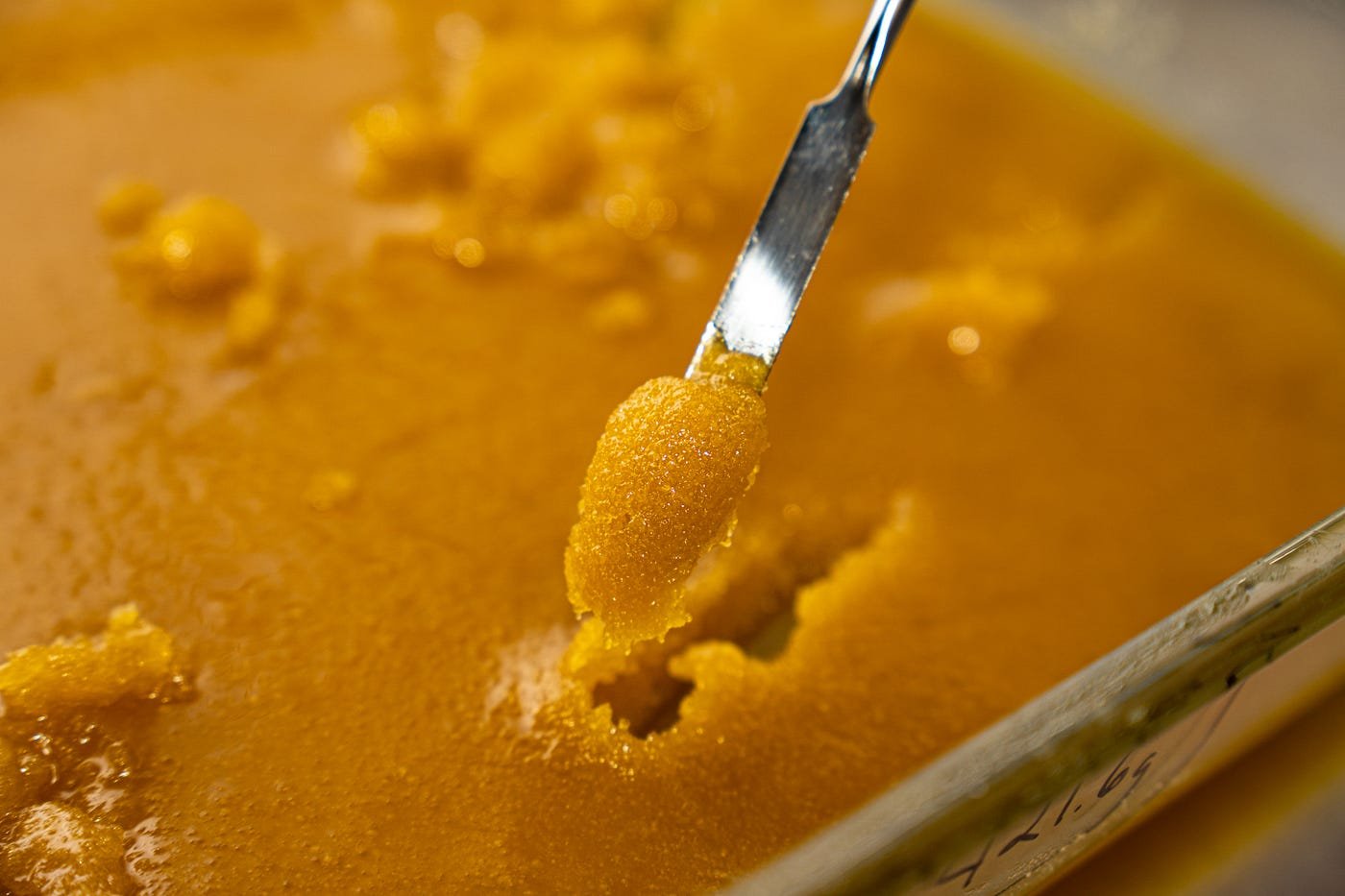Blog
The Complete Guide to Dabbing Cannabis Concentrates

Dabbing has historically carried a negative connotation, often associated with scraping the last remnants from a bowl or bong. However, the potency and quality of the THC high have propelled dabbing into the forefront of user experiences.
While its potential impact on the cannabis economy remains significant if widely legalized for recreational use, Newsweek emphasizes the potential health risks associated with dabbing, despite its rapid intoxication benefits.
The challenge lies in the broad range of forms and techniques encompassed by the term “dabbing,” necessitating a comprehensive guide for navigating cannabis concentrates.
Shop Cannabis Concentrates Here
What is Dabbing
In a dab, a cannabis concentrate is applied to a hot surface, and the resulting fumes are inhaled. Cannabis concentrate is the residue remaining after removing all plant material from marijuana, often obtained through solvents like alcohol, butane, carbon dioxide, or ethanol. Increasingly, people opt for solventless extracts achieved through rosin, water, ice, or shaking.
Dabbing Equipment and Process
To dab properly, specific equipment is required:
- Rigs: Glass pipes or bong-like devices designed for hash oil use.
- Nails: Heated with a blowtorch, these can be ceramic, glass, quartz, or titanium.
- Dabs: Small amounts of concentrate dropped onto the nail.
- Vapors: Inhaled after the concentrate is heated.
Various rigs differ in user-friendliness and safety, considering the involvement of fire and gases.
Results of Dabbing
Dabbing releases cannabis terpenes, rich oils secreted by cannabis glands, contributing to the plant’s aroma and potential medicinal benefits. Terpenes found in cannabis include Alpha Bisabolol, Alpha Pinene, Borneol, Caryophyllene, Cineole, Delta 3 Carene, Eucalyptol, Limonene, Linalool, Myrcene, and Terpineol. While terpenes offer various therapeutic properties, the primary attraction of dabbing lies in its THC-intensive hit.
Advantages of Dabbing:
- Accessibility compared to rolling a joint.
- Potent and distinctive high.
- Fuller taste and aroma.
- Achieving a more significant high with fewer hits.
Risks and Downsides:
- Risk of overdosing, leading to confusion, panic, paranoia, and passing out.
- Marijuana-induced psychosis reported in some cases after heavy dabbing.
- DIY extraction dangers in areas where concentrates remain illegal.
- Potential withdrawal symptoms for repeat users.
- Toxic traces in extracts created with solvents.
Dabbing is not recommended for new users due to insufficient knowledge about strains and concentrate differences. While it can offer a unique experience under optimal conditions and proper guidance, there are concerns about its image in the cannabis market and potential health risks associated with its use.
